How to Determine When to Stop or Keep Going

What the heck am I supposed to be doing? Should I quit spending time trying to develop a coaching/consulting business? When there’s no revenue generated from it, the time spent working on it, takes time away from the current revenue generating construction.
I knew from researching, that it would take some time to develop this new business. I’ve been posting a weekly solution every week for almost four and a half years, that’s over 230 posts. During that time, I have attracted less than forty subscribers. Not to mention there is almost no interaction with the few subscribers that I have.
This raises questions. Is the content relative to our target audience? Maybe the low connection is a lack of writing ability? I started as a builder after all. Maybe it’s just a matter of how busy and overwhelmed everyone is? Maybe this isn’t the best format to reach them?

Uncertainty results in inaction.
I’ve always been a cautious person. I tend to overthink and analyze things to death. This process often leads to slow or no action. As I have considered whether to continue with the coaching/consulting, I’ve come to some conclusion. This was reached in part thanks to my wonderful Kingdom Builders Mastermind group and Andy Andrews book, The Travelers Gift, The Seven Decisions for Personal Success.
I include these seven decisions as part of my daily routine. After reviewing the input from the mastermind group, I realized these Seven Decisions paralleled the groups input and what I already knew.
Here are those Seven Decisions and how they pertain to this decision:
The Responsible Decision –
My success or failure is up to me. Where I am is no one’s fault but mine. Where I end up is no one’s fault but mine. I have control over what I will do and how I will move forward. My past cannot be changed. My future is my responsibility. The buck stops here.
The Certain Decision –
This is a tough one for me. I have spent too much time second guessing myself. My lack of certainty makes moving forward hard. How do I know if this is the right thing to do? I know this, because God has given me the knowledge of the need, the skills and experience to help others find solutions and a passionate heart for this task. I have a decided heart.
The Compassionate Decision –
Forgiveness has never been much of a problem for me, as it relates to others. I forgive easily which often results in people taking advantage of me. Where forgiveness is an issue…is forgiving myself. I get stuck in the rut of replaying all my mistakes, failures or lack of achievements. I can’t let my past dictate my future. I will greet each day with a forgiving spirt. I will forgive myself.

The Guided Decision –
When wondering what to do I seek direction from God and His Word, my friends and family, books, podcasts, blogs, etc. I’m constantly searching for wisdom. Too much of the time I’m seeking wisdom and not putting it into action. I’m looking forward to honest feedback from the mastermind group. I will seek wisdom.
The Joyful Decision –
My attitude is a choice. How I respond or react to a situation is a choice. These choices affect my outlook. I can approach things with a discouraged, depressed, ungrateful heart. Or I can remind myself how fortunate and blessed I am to have been given the insight and skills needed to lead others in way to build better businesses, construction projects and lives. I will choose to be happy.
The Active Decision –
Action is out of character for me. Concern that something done wrong will cause problems, leads to inaction. This inaction leads to nothing being done. Nothing being done helps no one. God is waiting for me to do something. Slow decisions lead to failure. Fear of failure keeps me from action. Just because a decision is made doesn’t mean it’s permanent. Failure only exists for the person who quits. I will not quit. I am a person of action.
The Persistent Decision –
Not quitting or giving up is the cornerstone to these decisions. It is the one decision, if removed, causes the whole thing to crumble. Many times, I’m tempted to quit. By persisting, my outcome, my success, is assured. In Jeremiah, God says, “I have good plans for you, not plans to hurt you. I will give you hope and a good future.” Failure only happens if I quit…I will not quit. I will persist without exception.

After running my coaching/consulting question through the filter of these Seven Decisions, I’ve determined that I will keep going.
What exactly this will turn out to be, remains to be seen. I want to know now, exactly what it’s is going to be, down to the smallest detail. I need to shift my focus from so far out, to the first next step. Writing this week’s solution is that first next step. We’ll give some thought to how to reach out to those who would benefit from our help in finding their solutions and take the first next step.



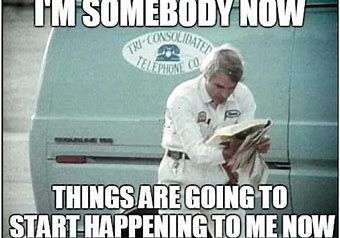

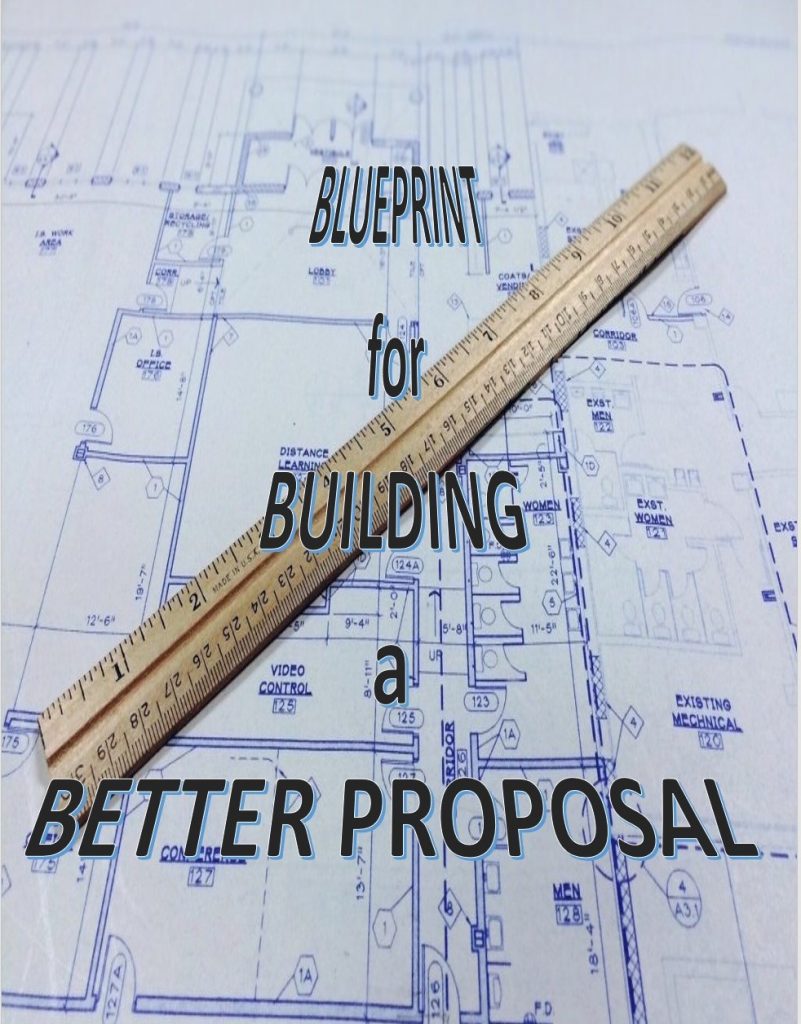


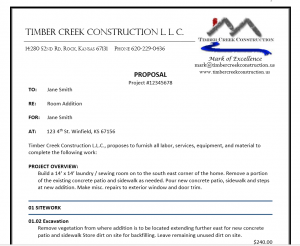
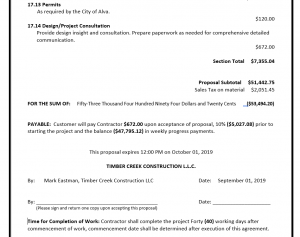








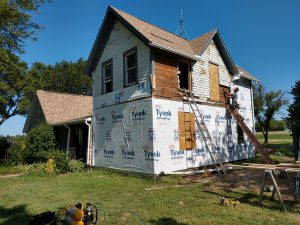





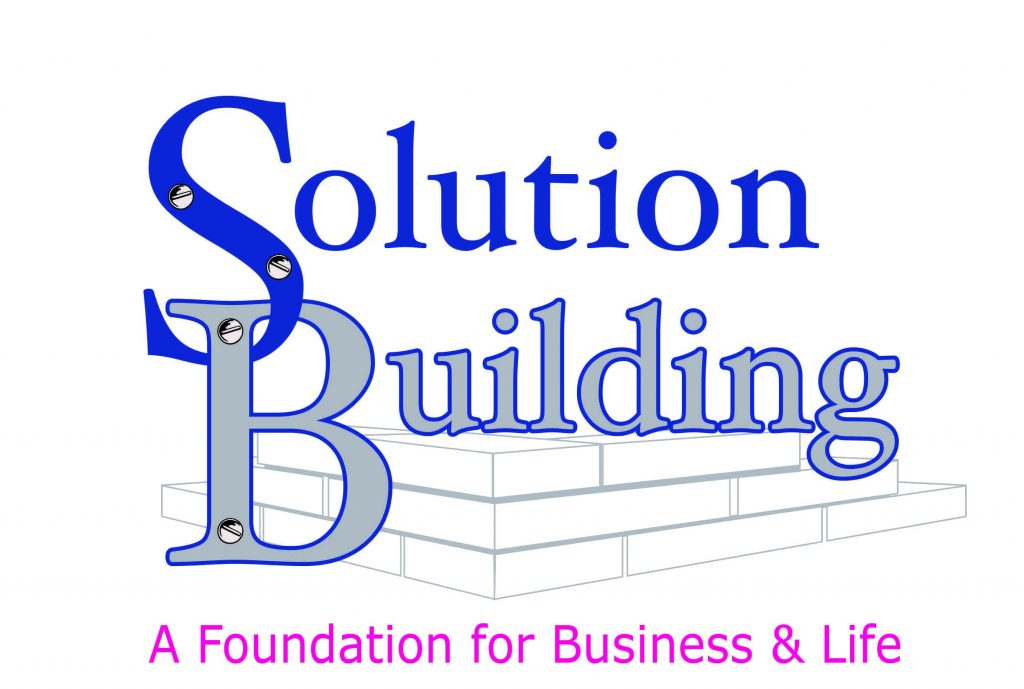
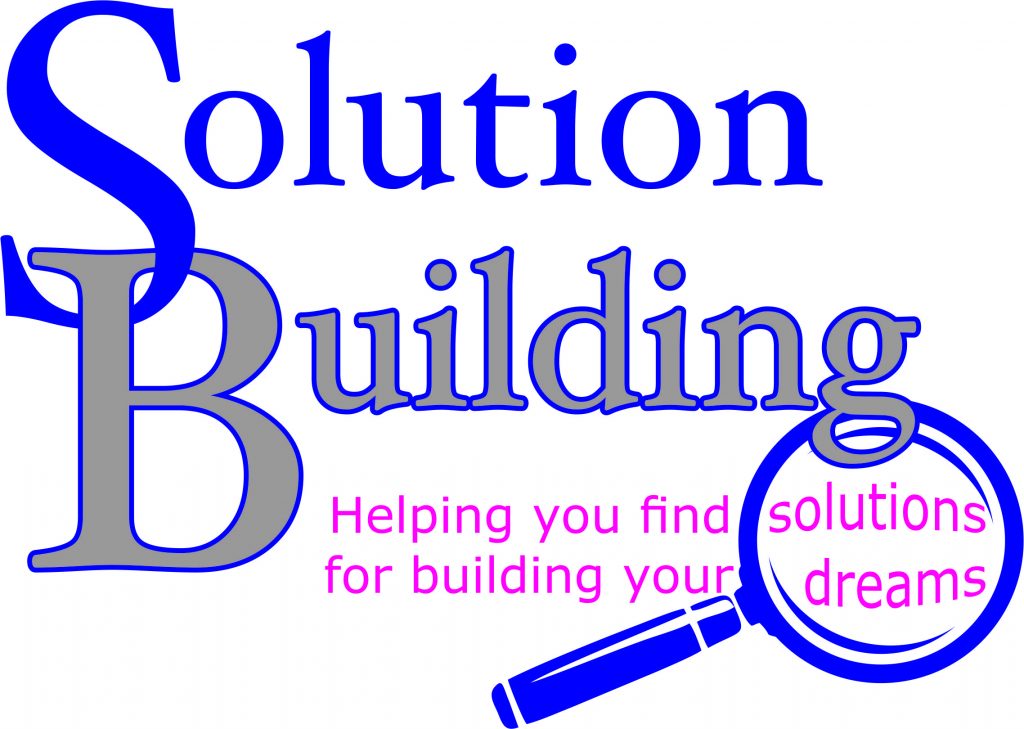







 more things that need to be addressed to provide customers with a WOW rather than a woops experience.
more things that need to be addressed to provide customers with a WOW rather than a woops experience.
 In 2014 we did the
In 2014 we did the

 One of the discussions about this had to do with someone who was self-employed. This person’s family couldn’t understand why they couldn’t do some additional things around the house. They had extra time because, after all, they were self-employed. Another conversation was with a business owner. They said they hoped they wouldn’t need to work on the upcoming Father’s Day, because they had already worked the last fourteen days. Then he said, “but if that’s what it takes, I guess I will”.
One of the discussions about this had to do with someone who was self-employed. This person’s family couldn’t understand why they couldn’t do some additional things around the house. They had extra time because, after all, they were self-employed. Another conversation was with a business owner. They said they hoped they wouldn’t need to work on the upcoming Father’s Day, because they had already worked the last fourteen days. Then he said, “but if that’s what it takes, I guess I will”. We all know that there is a fixed amount of time so why is it that we’re always over filling it? Even less ambitious and less driven people complain about not having enough time to do everything they want to.
We all know that there is a fixed amount of time so why is it that we’re always over filling it? Even less ambitious and less driven people complain about not having enough time to do everything they want to. We have the power within our-SELF to take control of this.
We have the power within our-SELF to take control of this.
 passed since then, that for most people it’s become a distant memory. If you have ever talked with someone who went through the depression or a similar experience, saving money was more than something that needed to be done, it often was the difference between life and death.
passed since then, that for most people it’s become a distant memory. If you have ever talked with someone who went through the depression or a similar experience, saving money was more than something that needed to be done, it often was the difference between life and death. way to separate money that would be needed later. How was I going to do it? Several years ago, my wife and I found out about Dave Ramsey and his Financial Peace Program**. It is a program that teaches you to, “Live like no one else, so that later you can live like no one else.” The very first lesson he teaches is “Super Saving”. It is a common-sense approach to saving money and the reasons it is important to do so. This was great for my personal finances but wasn’t an exact fit for my business.
way to separate money that would be needed later. How was I going to do it? Several years ago, my wife and I found out about Dave Ramsey and his Financial Peace Program**. It is a program that teaches you to, “Live like no one else, so that later you can live like no one else.” The very first lesson he teaches is “Super Saving”. It is a common-sense approach to saving money and the reasons it is important to do so. This was great for my personal finances but wasn’t an exact fit for my business.